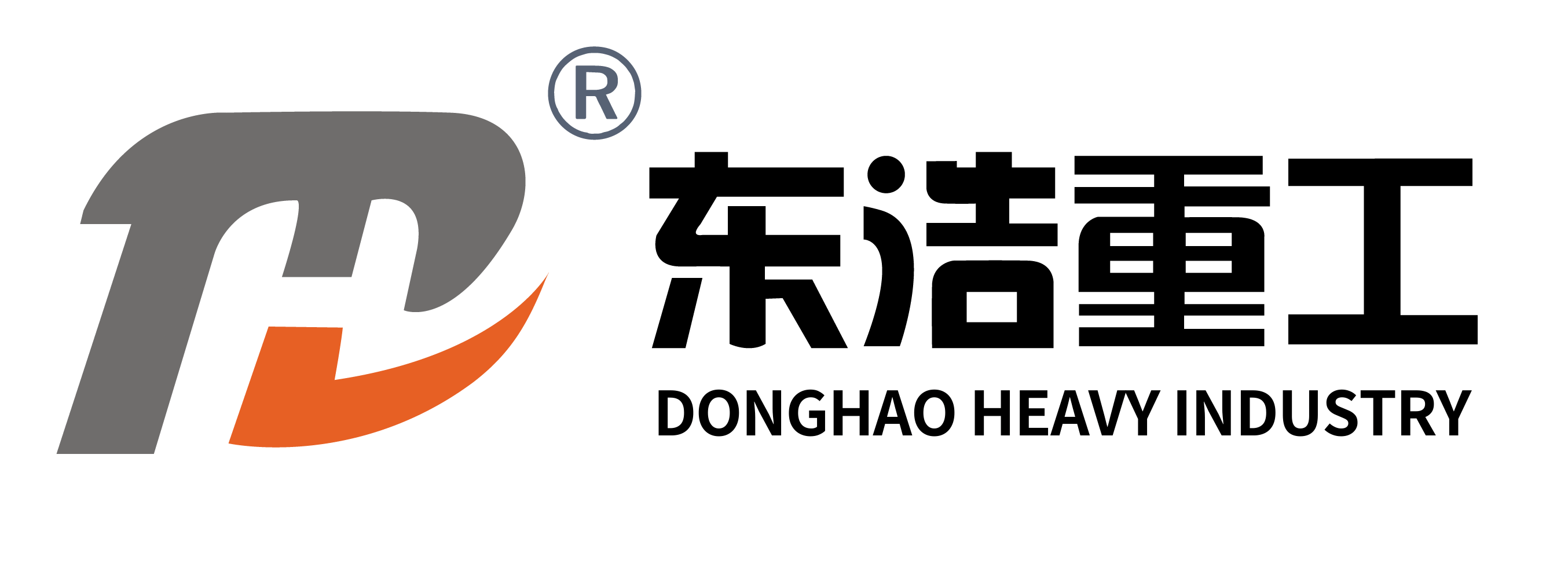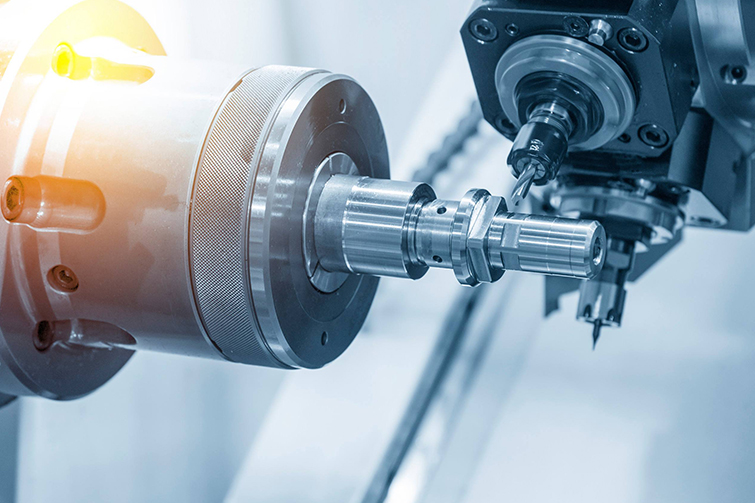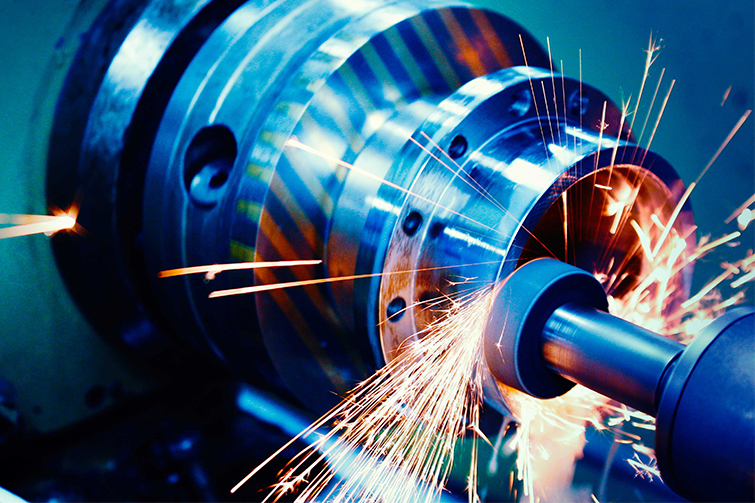

Unlocking the Power of High-Efficiency Technologies: A Comprehensive Guide

Introduction to High-Efficiency Technologies
High-efficiency technologies have revolutionized the way we live and work. From energy-saving appliances to advanced manufacturing processes, these innovations are setting new standards for performance and sustainability.
The Science Behind Efficiency
At the core of high-efficiency technologies is the principle of doing more with less. This involves optimizing resource use, minimizing waste, and leveraging cutting-edge materials and designs to achieve superior outcomes.
Applications in Various Industries
High-efficiency technologies find applications in numerous sectors. In the energy sector, they enable renewable energy systems to produce more power with fewer resources. In manufacturing, they reduce production times and costs while improving product quality.
Benefits of Adopting High-Efficiency Technologies
Adopting high-efficiency technologies offers multiple benefits, including reduced operational costs, lower environmental impact, and enhanced competitiveness in the global market.
Challenges and Solutions
Despite their advantages, the adoption of high-efficiency technologies faces challenges such as high initial costs and technical complexities. However, ongoing research and development are providing solutions to these barriers, making these technologies more accessible.
Future Trends
The future of high-efficiency technologies is bright, with advancements in artificial intelligence and nanotechnology expected to drive further innovations. These developments promise to unlock even greater efficiencies across all sectors.
Frequently Asked Questions
What makes a technology high-efficiency?
A technology is considered high-efficiency if it delivers superior performance or output while using fewer resources compared to conventional methods.
Are high-efficiency technologies cost-effective in the long run?
Yes, despite higher upfront costs, the long-term savings in operational expenses and the potential for increased productivity make high-efficiency technologies a cost-effective choice.
How can businesses transition to high-efficiency technologies?
Businesses can start by conducting an energy audit to identify inefficiencies, then gradually invest in high-efficiency solutions that offer the best return on investment for their specific needs.








